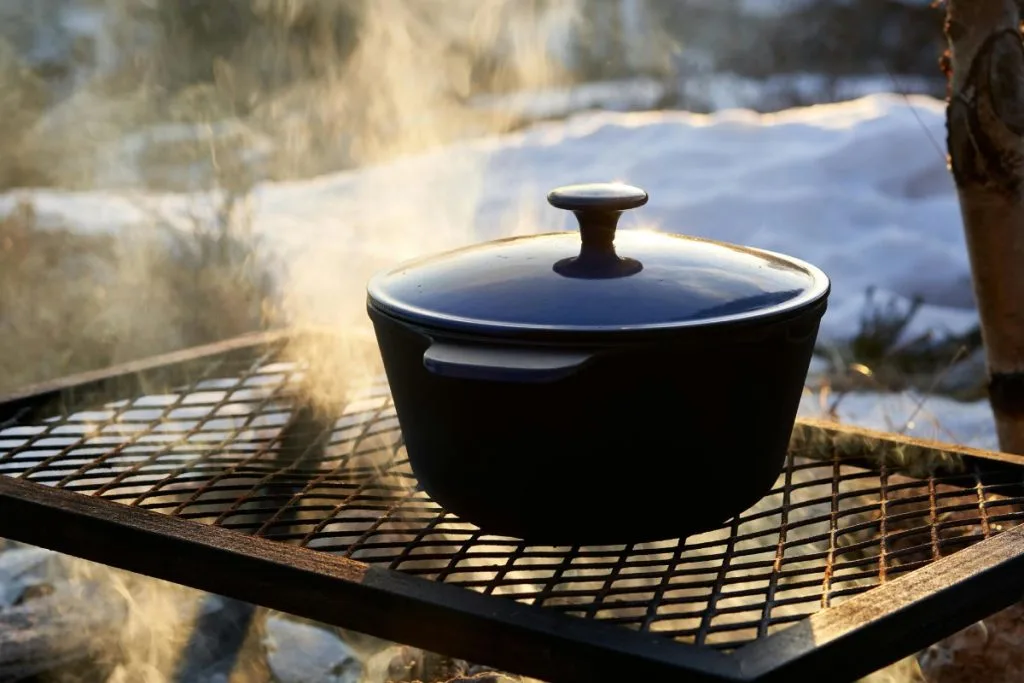
Struggling to achieve that bakery-style crust at home? You’ve followed the hydration ratios. You’ve practiced your scoring. You’ve waited 18 hours for your dough baby to rise. Yet when you slide that loaf into the oven… something’s still off. Flat bottoms, pale crusts, and a serious lack of oven spring. Sound familiar?
The problem might not be your technique—it could be your bakeware. More specifically, not using a Cast Iron Pot for Sourdough could be holding your loaf back from becoming the bronzed, blistered beauty it’s destined to be. With the right pot, you’re not just baking bread—you’re unlocking that coveted crust, chewy crumb, and artisan rise that standard bakeware simply can’t replicate.
TL;DR – Key Takeaways
- Cast iron pots trap steam, mimicking professional steam-injected ovens for better oven spring and crust.
- Dutch ovens are beginner-friendly, forgiving even if your shaping isn’t perfect.
- They hold and distribute heat evenly, helping prevent underbaked centers or burnt bottoms.
- Enamel or bare cast iron? Each has perks—enamel is low-maintenance, bare boosts crust.
- Good ones last a lifetime, making them a smart (and stylish) investment for your kitchen.
Top 5 Cast Iron Pots
- Self-Basting Lid Locks in Flavor for Moist Results – Lodge 7-Quart Cast Iron Dutch Oven
- Compact Size, Big Heat Retention Power – Amazon Basics Round Pre-Seasoned Cast Iron
- Flavor-Preserving Lid Design Enhances Every Meal – Overmont Enameled Cast Iron Dutch Oven
- Versatile Color Options Elevate Kitchen Style and Function – Nuovva Enamelled Cast Iron Dutch Oven Pot
- Reversible Skillet Lid Adds Extra Cooking Value – 2-in-1 Pre-Seasoned Cast Iron Dutch Oven Pot
Self-Basting Lid Locks in Flavor for Moist Results
The Lodge 7-Quart Cast Iron Dutch Oven – Made in USA, Pre-Seasoned, PFAS-Free & Non-Toxic, Heat-Treated, Induction Compatible, Self-Basting Lid, Durable Multi-Use Cooking Pot for Oven to Table stands out for its excellent moisture-retaining lid. During our product test, the self-basting tips inside the lid helped create juicy, fall-apart roasts without extra effort. The pot’s heat-retention capacity supported low-and-slow cooking, delivering evenly cooked stews, sourdough, and braised dishes every time.
You’ll appreciate that this cookware is PFAS, PFOA, and PTFE-free, making it ideal for health-conscious cooks. The pre-seasoned surface performed well in early trials, though it benefitted from an extra layer of seasoning after a few uses. Its size makes it highly versatile—capable of baking large loaves or preparing meals for a full family. However, the weight may be a challenge for users with limited strength, especially when lifting it from the oven.
This pot suits anyone wanting durability, natural non-stick performance, and a cooking tool that doubles as a serving dish. If you bake sourdough regularly or want one pot to master both the stovetop and oven, this is a reliable choice.
| Pros | Cons |
| ✅ Holds heat exceptionally well ✅ Pre-seasoned and oven-ready ✅ Made in USA, trusted brand ✅ Self-basting lid retains moisture ✅ Large capacity for batch cooking | ❌ Heavy for some users ❌ Needs extra seasoning over time |
Compact Size, Big Heat Retention Power
If you’re looking for a smaller yet fully functional cast iron option, the Amazon Basics Round Pre-Seasoned Cast Iron Mini Dutch Oven Pot with Lid and Dual Handles, 2-Quart, Black delivers solid performance in a compact format. In our product testing and comparison, this pot stood out for its ability to maintain even temperatures during baking, braising, or roasting despite its modest 2-quart capacity.
The cast iron distributes heat consistently across the base and walls, which makes it perfect for personal sourdough boules, small batches of stews, or oven-to-table casseroles. Its oven-safe design up to 500°F opens the door for a variety of cooking techniques, from high-heat roasting to slow baking. During evaluation, the dual handles made transfer manageable, though users with larger hands may find the grips slightly narrow.
While the pot is pre-seasoned, it lacks a fully non-stick function and benefits from additional seasoning to improve performance. It’s also hand wash only, which may require more effort to maintain its condition over time.
| Pros | Cons |
| ✅ Pre-seasoned surface for easy start ✅ Dual handles for steady grip ✅ Oven safe to 500 degrees Fahrenheit ✅ Thick cast iron retains heat well ✅ Compact size ideal for small batches | ❌ Requires hand washing and re-seasoning ❌ Handle openings may feel narrow |
Flavor-Preserving Lid Design Enhances Every Meal
The Overmont Enameled Cast Iron Dutch Oven – 5.5QT Pot with Lid Cookbook & Cotton Potholders – Heavy-Duty Cookware for Braising, Stews, Roasting, Bread Baking blue brings versatility and thoughtful engineering into a single piece of cookware. During product testing, the standout feature was the condensation-capturing lid design. It evenly redistributes moisture back into your dish, ensuring stews stay tender and sourdough crusts crisp without drying out.
You’ll appreciate how the enamel coating makes this pot both oven- and stovetop-ready—up to 500°F—including use on induction cooktops. The pot’s solid weight contributes to exceptional heat retention and distribution, ideal for slow-cooked recipes. Dual handles offer security when transferring from oven to table, and the included heat-resistant cotton caps are a practical touch for everyday use.
While the enamel interior simplifies cleaning, some users noted blackening on the base after high-heat use, requiring non-abrasive care. Another minor issue: the interior screw on the lid isn’t enameled, which may disappoint those seeking flawless finishes.
| Pros | Cons |
| ✅ Lid traps and recirculates steam ✅ Includes cookbook and cotton holders ✅ Wide base for baking bread ✅ Compatible with all stovetop types ✅ Smooth enamel for easy cleaning | ❌ Lid screw not enameled ❌ Bottom may darken over time |
Versatile Color Options Elevate Kitchen Style and Function
The Nuovva Enamelled Cast Iron Dutch Oven Pot with Lid – 6.4 Quart Non Stick Casserole Pot – Heavy Duty & Oven Safe up to 500° F for Bread Baking, Braising, Stews, Roastin impresses with both function and form. This model stands out for its colorful enamel finish, which offers not only a sleek aesthetic but also a non-stick surface that simplifies cleanup—no seasoning required.
Testing showed this Dutch oven retains heat effectively and distributes it evenly, making it ideal for browning meats on the stovetop before slow-cooking them in the oven. The 6.4-quart size comfortably fits larger meals, whether you’re preparing a rustic stew, baking sourdough, or roasting vegetables. The robust handles make it easy to transfer from hob to oven, and the snug-fitting lid helps lock in moisture and flavor.
While the pot’s enamel finish is durable, it may be prone to chipping if mishandled, and the lid knob can become very hot during use. These minor drawbacks are outweighed by the pot’s performance, visual appeal, and value.
| Pros | Cons |
| ✅ Colorful enamel matches kitchen décor ✅ Heats evenly for better results ✅ Large capacity for family meals ✅ Oven safe up to 500°F ✅ Easy to clean smooth surface | ❌ Enamel coating may chip ❌ Lid knob heats up quickly |
Reversible Skillet Lid Adds Extra Cooking Value
The 2-in-1 Pre-Seasoned Cast Iron Dutch Oven Pot with Skillet Lid Cooking Pan, Cast Iron Skillet Cookware Pan Set with Dual Handles Indoor Outdoor for Bread, Frying, Baking, Camping, BBQ, 5QT is a practical, space-saving solution for cooks who value versatility. What sets this product apart is its dual-function design: the lid doubles as a standalone skillet, expanding your options without taking up more kitchen space.
During hands-on product testing, this cast iron set performed reliably for sourdough baking, stews, and stovetop frying. The pot retained heat well and cooked evenly, especially during longer baking sessions. The pre-seasoned surface was functional, though we recommend seasoning again before first use to enhance its non-stick performance. The integrated loop handles feel sturdy, but mitts are essential—both pot and lid heat up quickly.
Its rugged construction also makes it ideal for camping and open-flame cooking. While the finish is rougher than higher-end models, it doesn’t detract from performance when properly maintained.
| Pros | Cons |
| ✅ Skillet lid offers dual use ✅ Excellent for sourdough baking ✅ Great heat retention and transfer ✅ Works on stove, oven, or fire ✅ Includes silicone handle grips | ❌ Rougher surface than premium brands ❌ Needs extra seasoning for smooth use |
The Magic of Steam: Why It Matters for Sourdough
Here’s the science: steam delays crust formation, allowing the bread to expand during the first 10–15 minutes in the oven—a process known as “oven spring.” Without enough humidity, the crust hardens too fast, suffocating that glorious rise.
A cast iron pot (or Dutch oven) acts like a mini-steam chamber. You trap all that moisture your dough releases, and voilà—suddenly your crust is singing with color and crunch.
Think of it like this:
- A regular oven is like a windy desert.
- A cast iron pot? A cozy spa for your sourdough.
No wonder so many pro bakers won’t bake without one.
Why Cast Iron Wins Over Other Bakeware
Glass and steel pans have their charm, but they can’t compete with cast iron’s superpowers:
Heat retention & even bake
- Cast iron preheats like a champ and stays hot, ensuring consistent baking.
- It reduces hotspots—no more burnt bottoms and gooey middles.
Moisture trapping
- The tight-fitting lid locks in steam naturally released from the dough.
- No need to add water trays or spritz the oven walls like a maniac.
Durability
- With proper care, cast iron lasts for decades—seriously.
- It’s the kind of thing your grandkids might inherit (with your secret sourdough recipe).
Choosing the Right Cast Iron Pot for Sourdough
Not all pots are created equal. Here’s what to look for when buying one:
Size
- A 4.5 to 6-quart pot is the sweet spot.
- Your dough needs room to rise and breathe.
Lid design
- Avoid knobs or lids not rated above 450°F.
- Stainless steel knobs are better than plastic ones that melt under heat.
Material: Enamel vs. Bare Cast Iron
Enamel-coated:
- Easier to clean, less seasoning required.
- Doesn’t react with acidic dough.
- Brands like Le Creuset or Lodge Enamel are cult favorites.
Bare cast iron:
- Naturally nonstick over time.
- Boosts bottom crust browning (hello, caramelized perfection).
- Needs occasional oiling, but hey—it’s worth the crust.
Pro Tips from Sandra’s Secret Sourdough Lab
You didn’t hear this from us—but Sandra’s been baking in every pot from thrift-store finds to high-end heirlooms. Here’s her top-tier insider advice:
Use a parchment sling
Line your pot with parchment paper—it makes transferring the dough drama-free and prevents sticking.
Preheat your pot—always
Place the cast iron in your oven as it preheats. A cold pot = sad crust.
Bake with lid on for 20–25 minutes
Then uncover for the final 15–20 to crisp and darken the crust. Watch the magic happen.
Don’t crowd your pot
Skip oversized loaves—your dough needs breathing room for optimal oven spring.
Can You Use a Cast Iron Skillet Instead?
Technically? Yes. Ideally? Not really.
While you can turn a skillet upside-down as a baking surface and use another to cover the dough, it’s not airtight—and that means lost steam, uneven heating, and more cleanup.
Save yourself the stress and get a proper pot.
Personal Conclusion: Your Sourdough Deserves This
At the end of the day, a cast iron pot isn’t just another kitchen gadget—it’s a transformative tool in your sourdough journey. The crackle when you slice into that golden crust? The steamy, pillowy crumb? That’s what a cast iron pot delivers.
Whether you’re just dipping your toes into sourdough or you’ve been nurturing your starter for years, adding a quality cast iron Dutch oven to your setup is hands-down one of the best moves you can make.
Sandra’s parting wisdom: “If you want artisan bread, start with artisan tools.”
FAQs
Can I use any Dutch oven for sourdough bread?
Most Dutch ovens work as long as they can handle high heat (at least 450°F) and have a tight-fitting lid to trap steam.
What size cast iron pot is best for sourdough?
A 4.5 to 6-quart Dutch oven is ideal for standard sourdough loaves up to 900g of dough.
Do I need to preheat the cast iron pot?
Yes! Preheating the pot helps create the perfect crust and improves oven spring.
Is enamel-coated cast iron worse than bare cast iron?
Not at all—both work great. Enamel is easier to maintain, while bare cast iron offers a crustier bottom.
How do I prevent my dough from sticking to the pot?
Use parchment paper or lightly dust the pot with semolina or rice flour before placing the dough inside.
Can I bake sourdough without a cast iron pot?
You can, but it’s harder to control steam and temperature. A cast iron pot mimics professional conditions better.
Will baking sourdough damage my pot?
Nope! Cast iron can handle extreme temperatures. Just avoid rapid temperature changes to prevent cracking.
Should I score my dough before baking in a Dutch oven?
Yes! Scoring controls how the bread expands and creates beautiful patterns on your crust.
Is it safe to use parchment paper at 500°F?
Most parchment is safe up to 450°F. To be safe, bake at 450 or use silicone-coated parchment made for high-heat baking.
Why is my sourdough not rising well in the Dutch oven?
It could be underproofing, poor shaping, or skipping the preheat. Also ensure your pot isn’t too large—it should cradle the dough snugly.
Join Us and Transform >
Don’t Be an Amateur! Master the Art of Sourdough Bread!

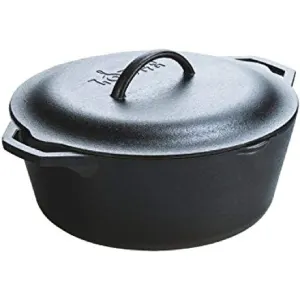

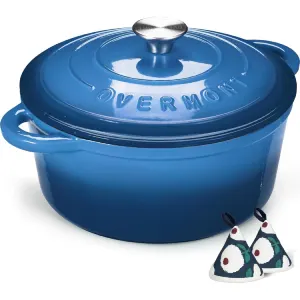
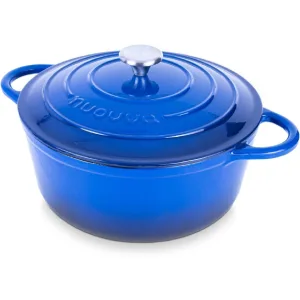
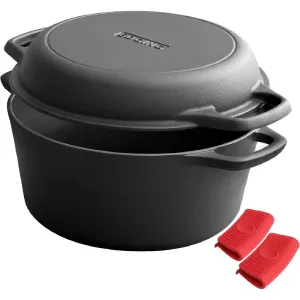


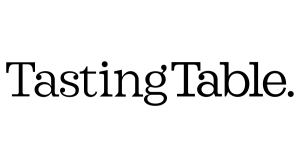
Leave a comment